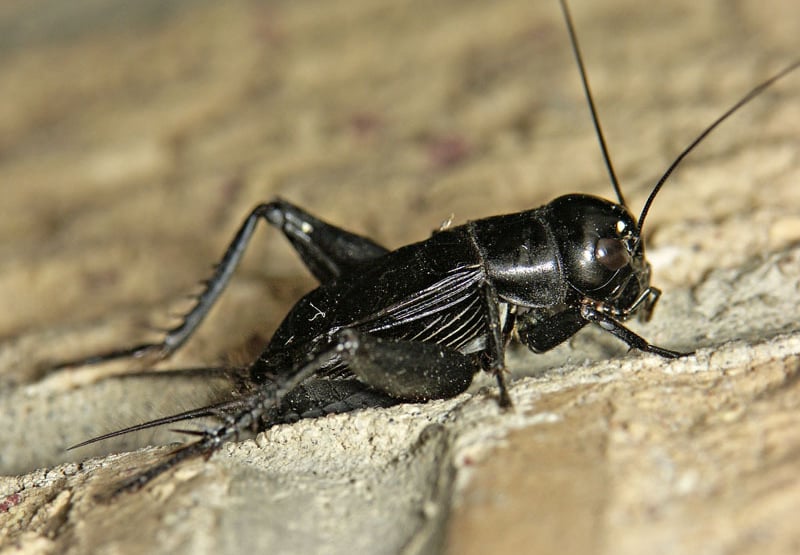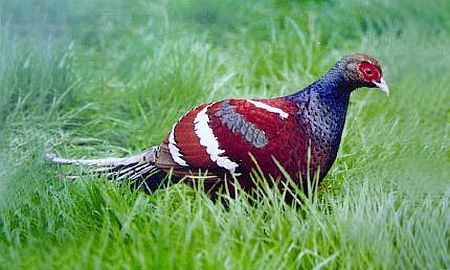Manipur Emerges as a Global Biodiversity Hotspot: Rare Grasshoppers and Crickets Highlight Zeilad Sanctuary’s Ecological Riches
ENVIRONMENT
Tamenglong: In the verdant hills of Northeast India, Manipur continues to assert its status as one of the world’s most biodiverse regions, thanks to a groundbreaking study on the Orthoptera fauna—grasshoppers, crickets, and katydids—conducted in Zeilad Wildlife Sanctuary. Published in the ‘Journal of Applied Zoology’ in January 2025, the research, led by the Zoological Survey of India (ZSI) and supported by local conservationists, has unveiled a treasure trove of insect diversity, underscoring the urgent need for robust preservation efforts and deeper scientific exploration.


Zeilad Lake: the Biodiversity hotspot
The study, spearheaded by researchers including D. Suresh Chand, Rajdip Chakraborty, and Swapna Kumar Das, with field support from divisional forest officer Hridesh Kumar in 2019, documented an astonishing 124 species of Orthoptera across 25 genera and eight families in the Tamenglong district’s Zeilad Wildlife Sanctuary. Notably, eight species were recorded for the first time in Northeast India, marking a significant milestone for regional biodiversity. The findings, detailed in the taxonomic classification file (Version 5.0, 2024), reveal Zeilad Lake, Zeilad Forest Camp, and surrounding areas as critical habitats for these ecologically vital insects.


Gryllidae - true crickets
The family Acrididae dominated the findings, accounting for 28 percent of the recorded species (seven species), while Gryllidae (true crickets), Pyrgomorphidae, Gryllotalpidae, and Chorotypidae followed, each representing a smaller but significant portion of the biodiversity. Other notable families, such as Tettigoniidae (katydids) and Trigonidiidae, further enrich the region’s insect profile, with Tettigoniidae alone comprising 20 percent of the species. The discovery of four new species reinforces Manipur’s reputation as a global biodiversity hotspot, a status corroborated by previous studies on the state’s flora, fauna, and avian diversity.


Mrs. Hume's pheasant
Manipur’s ecological significance extends beyond Orthoptera. The state is home to rare mammals like the clouded leopard, Hoolock gibbon, and Mrs. Hume’s pheasant, as well as a rich array of orchids and other plant species. According to the International Union for Conservation of Nature (IUCN), Northeast India, including Manipur, harbors over 7,000 plant species and more than 3,500 animal species, many of which are endemic. Zeilad’s semi-evergreen hill forests, situated at an altitude of 372 meters above sea level, provide a unique habitat for Orthoptera and other insects, thriving amidst the region’s diverse vegetation and climatic conditions.


Dr. Dhriti Banerjee, Director, ZSI
Dr. Dhriti Banerjee, director of the Zoological Survey of India, emphasized the sanctuary’s role in hosting rare and unique Orthoptera fauna, applauding the local forest authorities for facilitating field studies. “These findings highlight Manipur’s unparalleled biodiversity and the critical need for taxonomic surveys to uncover more undiscovered insect species,” she noted. The study also revealed habitat preferences of different Orthoptera families, with Acrididae, Chorotypidae, and Pyrgomorphidae showing exclusivity to Zeilad Lake and Zeilad Forest Camp, while five other families were recorded in both areas.
This discovery adds to the growing evidence of Manipur’s ecological wealth, with 365 species of Orthoptera already documented in the state. However, the fragility of this ecosystem calls for immediate action. The researchers stressed the need for continued research and conservation efforts to protect Zeilad Wildlife Sanctuary, which could become a key area for Orthoptera studies in India. “With its diverse insect population and ecological significance, Zeilad has the potential to be a cornerstone for global biodiversity conservation,” said Rajdip Chakraborty.
Environmental experts warn that habitat loss, climate change, and human encroachment threaten Manipur’s biodiversity. A 2023 report by the Wildlife Institute of India highlighted a 15 percent decline in forest cover in Northeast India over the past decade, urging governments and conservationists to prioritize protected areas like Zeilad. The sanctuary’s location, nestled among primary forest patches, makes it a vital refuge for species vulnerable to environmental shifts.
To safeguard Manipur’s biodiversity hotspot status, conservationists recommend deeper taxonomic studies, stricter habitat protection policies, and community-driven initiatives to monitor insect populations. Hridesh Kumar, the divisional forest officer, emphasized the importance of engaging local communities in preserving Zeilad’s forests, which are not only ecologically significant but also culturally vital to the region’s indigenous tribes.
As global attention turns to biodiversity loss, Manipur’s Zeilad Wildlife Sanctuary stands as a beacon of hope and a call to action. With continued research, conservation efforts, and international collaboration, this ecologically rich region can secure its place as a global model for preserving Earth’s intricate web of life. The rare grasshoppers and crickets of Zeilad are not just a scientific marvel—they are a clarion call for concrete action to protect one of the world’s most biodiverse corners.
